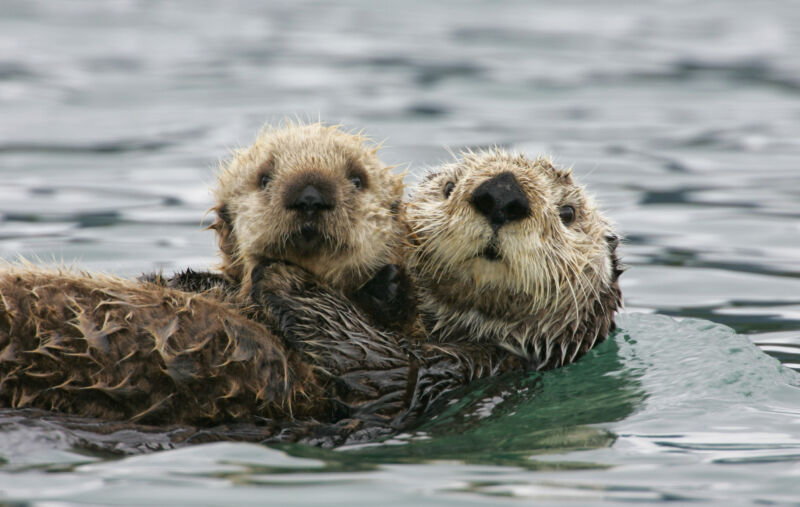

By learning to hunt otters, wolves decimate a deer population
source link: https://arstechnica.com/science/2023/01/by-learning-to-hunt-otters-wolves-decimate-a-deer-population/
Go to the source link to view the article. You can view the picture content, updated content and better typesetting reading experience. If the link is broken, please click the button below to view the snapshot at that time.
Woof —
By learning to hunt otters, wolves decimate a deer population
On an Alaskan island, wolves adapted to hunt an unexpected aquatic prey.
Doug Johnson - 1/26/2023, 3:15 PM

People love otters, wolves, and deer. Respectively, they’re crafty, intelligent, and majestic. Put them all together on an island, though, and things get unpleasant pretty quickly. These are the findings of a new paper analyzing how a wolf population came to Pleasant Island in Alaska, learned to hunt otters, and, using this unexpected food source, thrived to the point of wiping out the native Sitka black-tailed deer population.
“To the best of our knowledge, the deer population is decimated. We haven't found evidence of deer recolonizing the islands,” Gretchen Roffler, wildlife research biologist for the Alaska Department of Fish and Game and an author of the paper, told Ars.
Deer diary
The deer have been on Pleasant Island for a long time. The sea otters had also been in the waters off the coast of Alaska until the fur trade killed most of them off by the late 1800s or early 1900s, Roffler said. However, the otters were declared an endangered species, and a population was reintroduced to the area in the 1960s. In the 1980s, they moved into the waters near Pleasant Island and continued to propagate.
AdvertisementWolves are native to Southeastern Alaska and have made the odd sojourn to Pleasant Island, but they never stayed long. Beginning in 2013, though, the wolves started being seen there full time. Roffler said they likely swam there from the mainland, crossing around a mile of water to reach it.
Roffler and her team wanted to document the predator-prey interactions between the wolves and the deer on the island. At first, the team assumed the wolves would eat the deer and move on—or starve and perish. But the presence of the otters threw a wrench into these expectations.
You otter look out
The team studied the wolves on the island by testing DNA found in 689 wolf scats and performing stable isotope analysis on hair and muscle material, which they got from local hunters. The team tracked the wolves between 2015 and 2021.
The presence of otter and deer DNA in the samples from the wolves showed a dietary switch from the Sitka black-tailed deer (which the wolves normally would have consumed, and which are the wolves’ primary prey) to the sea otters. The paper notes this is an “unexpected result” of the reintroduction and restoration of sea otters. The sea otters became an “abundant marine subsidy for wolves,” the paper said.
From the samples, the researchers saw a diet that consisted primarily of deer shift to one that was made up primarily of sea otters. The research also found that the added and unexpected food source allowed the wolves to reproduce even after the deer population shrank. Ultimately, the wolves killed off the deer population on the island.
Recommend
About Joyk
Aggregate valuable and interesting links.
Joyk means Joy of geeK